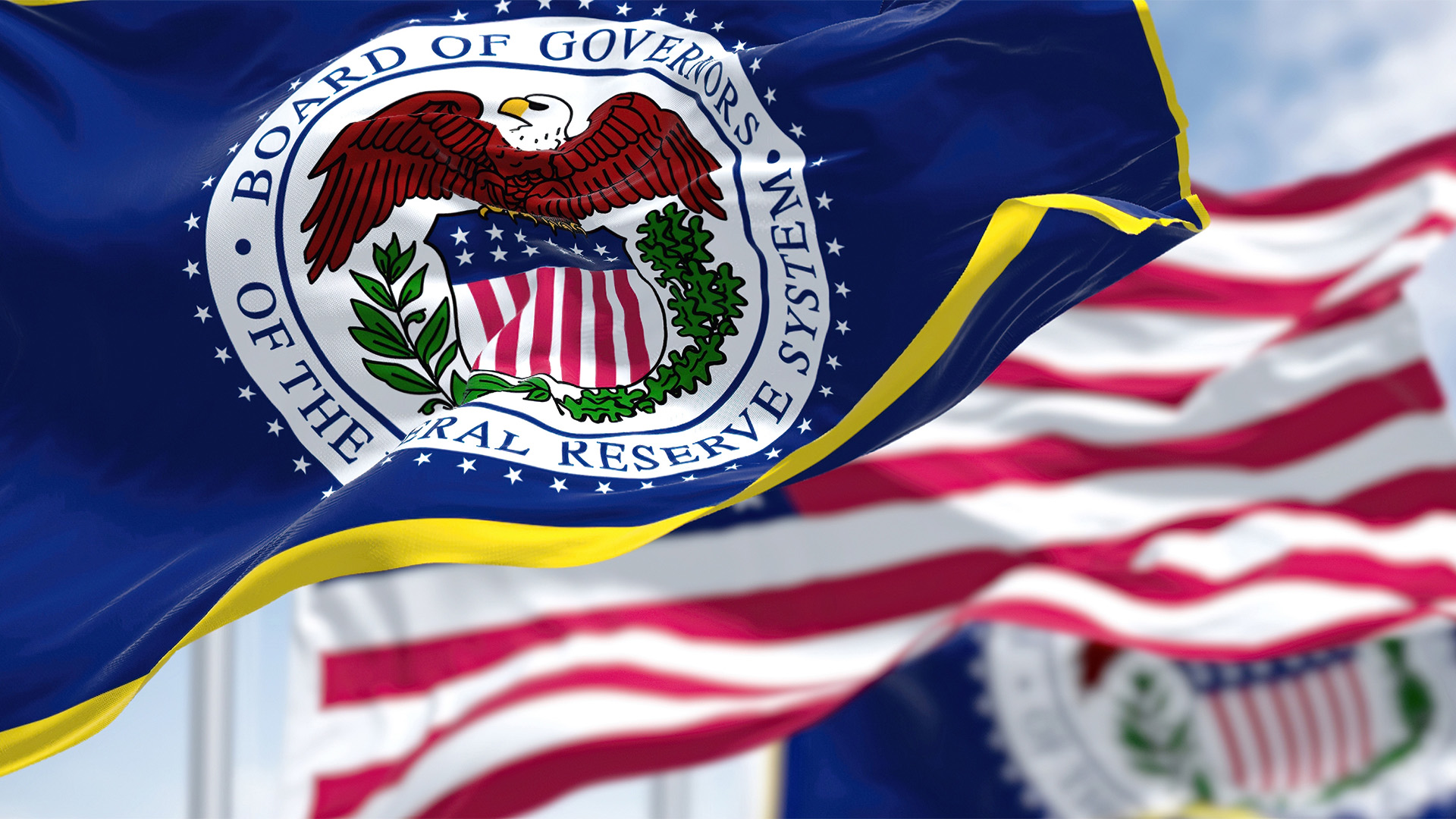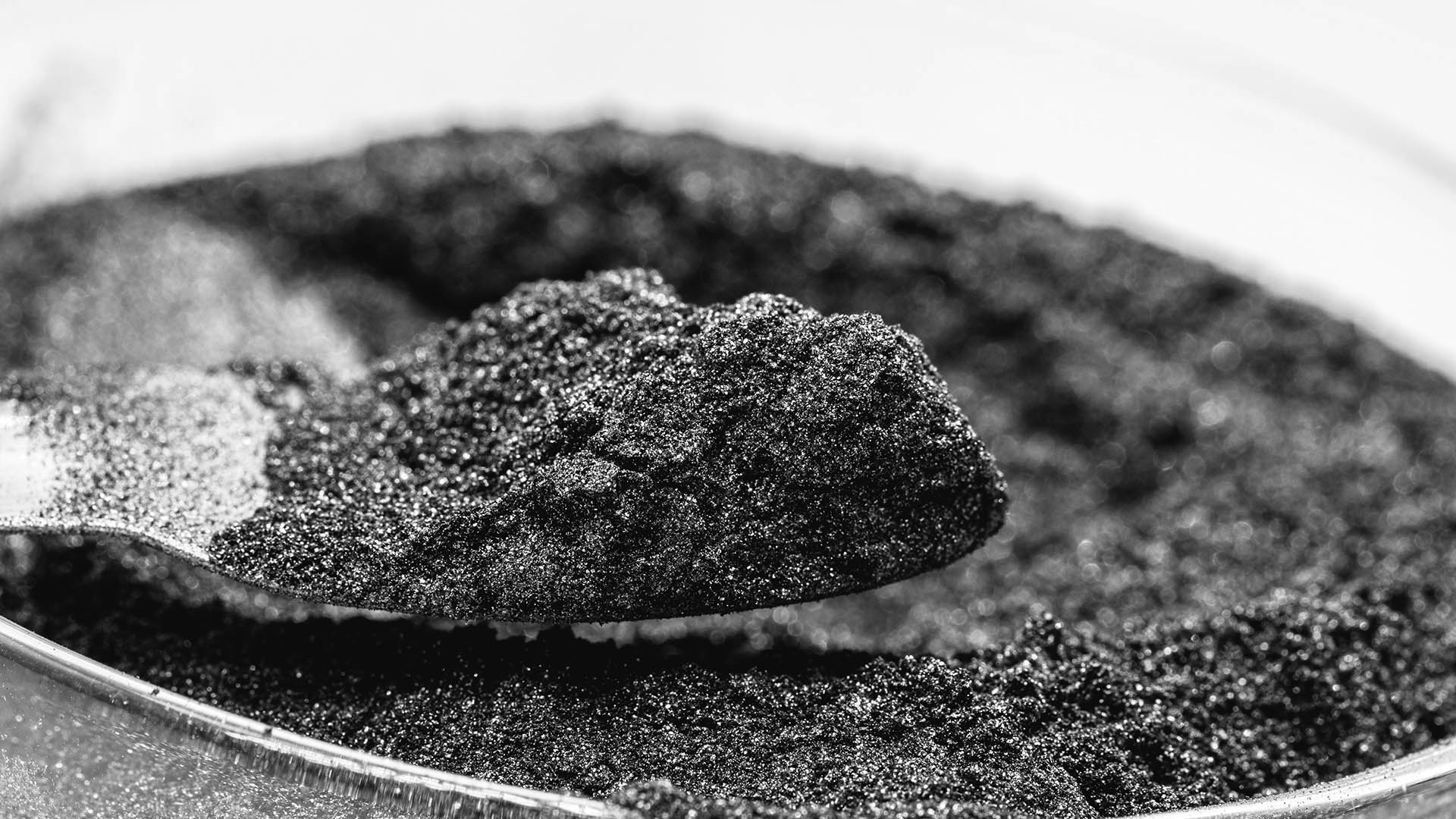The US Federal Reserve has given the country’s biggest banks, including some big regionals and credit card operators, a clean bill of health in its latest stress tests.
The tests, conducted earlier this year, found that the banks would be able to withstand a severe recession scenario while maintaining their ability to lend to consumers and corporates. The results showed that each of the 31 banks in these tests cleared the hurdle of being able to absorb losses while maintaining more than the minimum required capital levels, the Fed said in a statement.
The Fed found levels of high-quality capital at the banks would dip to 9.9% at their lowest levels, which is more than twice the regulatory minimum.
The stress test assumed that unemployment surges to 10% (around 4% now), commercial real estate values plunge 40%, and housing prices fall 36%.
“This year’s results show that under our stress scenario, large banks would take nearly $685 billion in total hypothetical losses, yet still have considerably more capital than their minimum common equity requirements,” Michael Barr, the Fed’s vice chair for supervision, said in the statement.
“This is good news and underscores the usefulness of the extra capital that banks have built in recent years.”
The Fed’s stress test is an annual event that checks to see that banks and other lenders are maintaining enough capital cushions to handle bad loans and other losses.
The results, in turn, dictate the size of share repurchases and dividends. The banks in the survey are expected to start revealing their new capital management measures on Friday.
The tests again included giants like JPMorgan Chase, Bank of America, Goldman Sachs, Morgan Stanley, Citi, regional lenders like Truist and KeyCorp, and credit card groups like Amex and Discover.
While no bank was caught off guard by this year’s tests (based on similar economic events to 2023), the aggregate capital loss was 2.8 percentage points, which was worse than last year’s fall.
Analysts said that’s because the industry is holding more consumer credit card loans and more corporate bonds that have been downgraded. Lending margins were also squeezed compared to last year, according to the Fed.
Of the banks tested, Charles Schwab Corp reported the highest capital levels under the test, posting a 25.2% capital ratio under that severe scenario. Bank of New York Mellon Corp, JPMorgan Chase, Morgan Stanley, Northern Trust, and State Street all reported double-digit capital ratios after the test, as did the US operations of Deutsche Bank and UBS.
But some smaller lenders saw their capital levels fall close to the minimums, with BMO, Citizens Financial Group, and HSBC all reporting stressed capital ratios below 7%.
The largest banks all posted capital ratios well above minimums, with JPMorgan posting the highest at 12.5% and Wells Fargo the lowest at 8.1%. Bank of America posted a 9.1% capital ratio, and Citigroup posted a 9.7% ratio.
These results will dictate the size of any dividend increases and share buybacks that are announced on Friday.
A year ago, JPMorgan, Wells Fargo, Citi, Morgan Stanley, Bank of America, and Goldman Sachs all announced higher dividends and/or share buybacks after the results of the 2023 tests were released. Some banks announced new buyback plans, while others turned their existing schemes back on.














